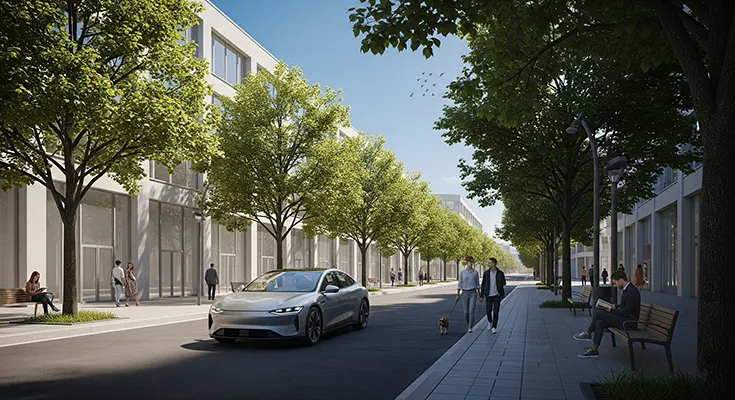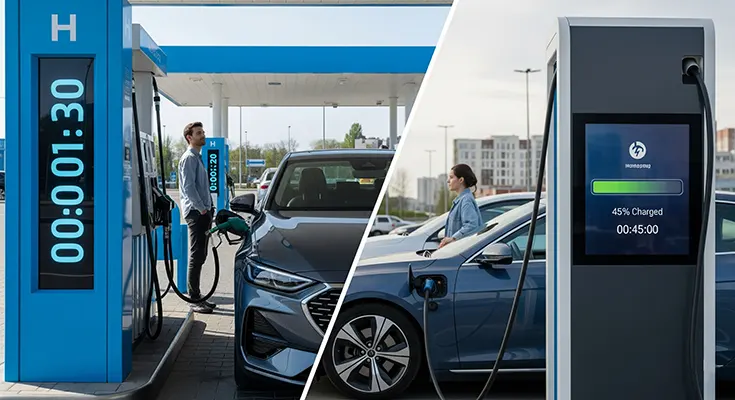Key Takeaways:
- Thorough market research and business planning are essential before initiating any setup procedures.
- Selecting the appropriate legal structure and jurisdiction (mainland or free zone) is critical for long-term success.
- Engaging a reputable business setup consultant can significantly streamline the process and prevent costly errors.
- Meticulous preparation of all required documents and understanding the submission process is key to avoiding delays.
- Maintaining ongoing compliance with all UAE laws and regulations, including tax and labor laws, ensures sustainable operation.
Dubai has solidified its position as a global hub for business and innovation, drawing entrepreneurs from all corners of the world with its attractive opportunities and business-friendly policies. While the environment is supportive, ensuring a smooth Business setup in Dubai requires more than just capital and a good idea. It demands careful planning, adherence to legal procedures, and often, the right professional support. A seamless setup process can save considerable time, …
View More How to ensure smooth business setup in Dubai?


